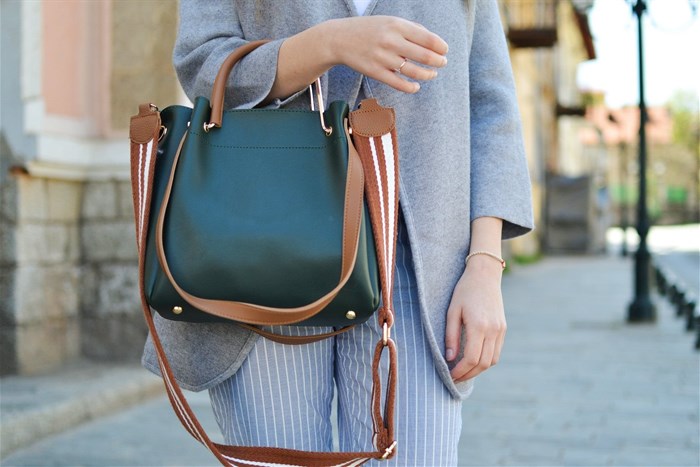Artistry is a staple of life, from literature, poetry and theatre to the visual arts. Kurt Vonnegut, the American author and social commentator, wrote, “The arts are not a way to make a living. They are a very human way of making life more bearable. Practicing an art, no matter how well or badly, is a way to make your soul grow, for heaven's sake.”

Image: Supplied
Artistry is something to marvel at, something to distract oneself, something to inspire. But so often, and perhaps unfortunately so, the intertwining of artistry and the technical is overlooked: the curves of that new Ferrari 296 serve more than aesthetic appeal alone. Perhaps that example is too obvious and speaks to the more general acceptance that the most inspiring engineering involves artistry.
But how does the creative industry, viewed as falling wholly within a right-brained society, involve innovation? Are the masterpieces of creatives, such as jewellers, furniture designers and top fashion houses a secret and unlikely source of registered intellectual property (IP) protection?
Intellectual property protection
Creatives do innovate and have, for a century already, used patents and registered designs to prevent others from ‘knocking-off’ their masterpieces.
Conventionally, copyright protects articles of artistry and craftsmanship. But this is not the only protection available.
The litmus test: are the innovations new and inventive or is the appearance new and original? If the answer is yes, then it may very well be protectable by registered IP. Patents protect the underlying, innovative concepts of new and non-obvious inventions, whereas industrial designs protect only the outward appearance of new industrially-produced products. In fact, patents and registered designs may serve some creations better because copyright is limited by a reverse engineering exception.
Under South African copyright law, it is not an infringement of copyright to make a 3D reproduction of a 3D product (ie. reverse engineer it) if that product primarily has a utilitarian purpose and is made by an industrial process. The reverse engineering exception provides relief from infringement in the spare parts industry, for example, where it is obvious that the products in question have a primarily utilitarian purpose. In other sectors, this issue may be less clear-cut.
Patrick O'Brien and Jonathan Whittaker 29 Mar 2023 For example, Bress Designs (Pty) Limited v G Y Lounge Suite Manufacturers (Pty) Limited & Another (1991) involved the copying of a lounge suite having the shape of the letter ‘M’. While a lounge suite undoubtedly has a utilitarian purpose and is produced by an industrial process, an M-shaped sofa is not shaped in that way for it to be useful.
In the Bress case, the Court held that a lounge suite was an article for the purpose of seating and would be bought and sold for that purpose. Copying of the lounge suite would therefore fall within the reverse engineering exception. However, if the design was new and original and the applicant had registered the M-shaped design, it would have been possible to enforce its design registration against the respondent.

Image: Supplied
Where art meets innovation
It is apparent from filing statistics that patents and especially, registered designs, have a place at the intersection where artistry meets function.
Gucci, as an example, has filed close to 700 patent or design applications globally, the large majority of which have been granted. The founder of Gucci, Guccio Gucci, owned a patent for a release device for the shoulder-strap of a bag, which was granted in France and China. As may be expected though, an overwhelming proportion of Gucci’s registered IP portfolio lies in industrial design registrations for its various products: watch cases, handbags, jewellery, belts, writing instruments, containers and more. The most popular design, measured by the number of times it has been cited against later designs, is for a handbag (USD 798,046).
A few other notable haute couture industry leaders that have filed patent and design applications in the past include Chanel (well over 1,000 inventions/designs), Dior (also well over 1,000), Givenchy (a couple of hundred inventions/designs) and Armani (also a couple of hundred). Louis Vuitton appears only to have filed registered rights for about 3 inventions - interestingly, no designs - whereas the portfolios of most of the other entities are skewed to industrial designs.
From the evocative curves of luxury automobiles to the intricate designs of haute couture, artistry is not only about aesthetic appeal but also encompasses groundbreaking innovation. While art enriches the human experience, it also plays a crucial role in driving technical advancements and protecting innovative ideas. It is evident that the creative sector is an unlikely, yet prolific, source of patents and registered designs, reinforcing the importance of protecting these creative innovations under IP law.





























































